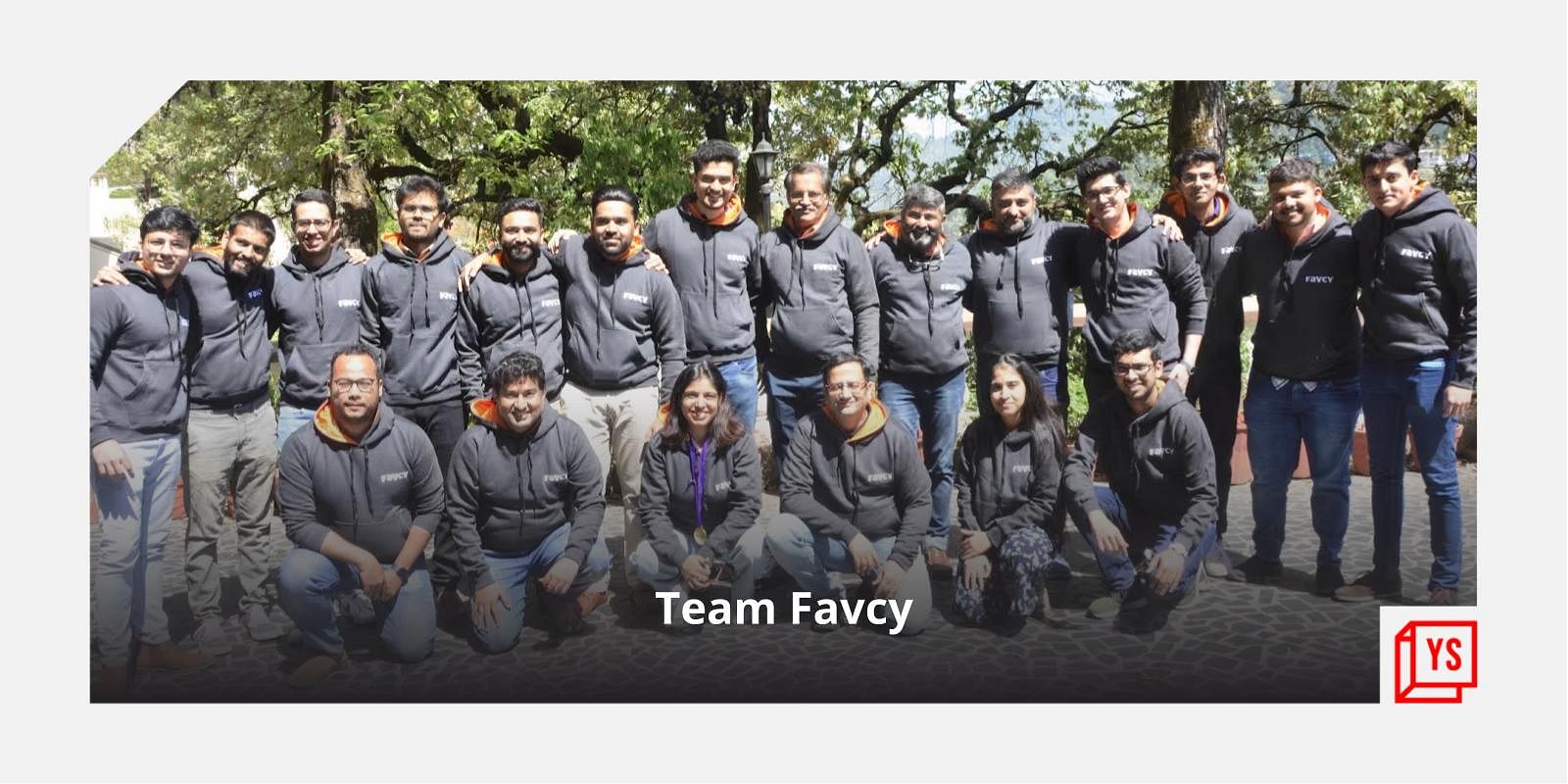What is common between unicorn startups Twitter, Medium, Dollar Shave Club , Affirm, and Aircall? All of them were built in ‘startup factories’, along with multiple other ventures that were transited from a mere idea to a VC-backed startup.
A startup factory, also known as a startup studio or venture lab, is not a new concept. In fact, Bill Gross’ IdeaLab was one of the first and most successful, preceding the rise of accelerators and incubators, and further to it—venture building platforms.
Although they all appear synonymous and are often used interchangeably, there are certain differences in how they operate, what they offer, the level of project involvement, and up to what stage they choose to remain a part of a startup’s journey.
India is home to a series of incubators, accelerators, startup programmes, and startup studios. But the concept of a Venture Builder (VB) or a venture building platform hasn’t got an opportunity to be completely unleashed as compared to its momentum abroad.
Among the very few, Favcy is one of India’s homegrown VBs that identifies, develops, launches, and scales startups by providing a centralised mix of services, including capital, in exchange for equity. It starts right from idea validation, business modelling, product building to post product revenues and investments.
The platform breaks free after an average “venture building” period of 15 months as the startup goes on to raise its subsequent capital rounds.
Founded by serial entrepreneur Pranav Chaturvedi, Nischaiy Pradhan, and Harshit Joshi, Favcy was incorporated in 2015. The Delhi-headquartered VB is home to as many as 26 startups, managing an active Asset Under Management (AUM) of about Rs 50 crore.
A hand holder
Having worked in the field of finance for over five years, Pranav had set out on his entrepreneurial journey in 2008 with International Institute of Financial Markets (IIFM) and test prep startup Pratham (co-founded with Ankit Kapoor and Satinder Sood).
Since 2014, Pranav has stepped back and taken a passive role in the startup, but continues to be active in board meetings and has his shareholding in the company.
During his stint at Pratham, the co-founder had donned the investor’s hat, as the startup scouted for deals in the edtech space.
Taking a paranoiac view, Pranav came across a peculiar problem where many founders were burning angel investors’ money due to their inability to understand the nuances of the ecosystem and subsequent failure to hit the market.
“The problem is more prevalent among founders with a non-technical background who are building digital first ventures as they struggle to understand the digital paradigms. They are generally service based mindset founders who are not able to adapt to a product mindset that digital-first companies require. By the end of it, the angels end up facing the brunt,” he says.
The problem called for a dedicated organisation that would lay down a standard format or a venture building assembly line to help digital startups reach from stage zero to one, and further.
Having already gained traction in the West, Pranav decided to get the concept of venture building off the ground in India with the launch of Favcy in 2015. The co-founding trio was later joined by three other co-partners–Yamika Mehra, Ashish Ajmani, and Milapsinh Jadeja.
How Favcy operates?
The first part of the process involves evaluation and selection. Pre-term sheet stage can be anywhere from 25 days to 60 days, where the founders have to undergo an in-house development course, while their business idea/product is verified and validated by Favcy’s team of analysts.
The startup utilises its proprietary “Idea Validator tool” called DREK that uses inputs derived from founders to scan the market and check for differentiation and relevance of a particular idea.
“The tool helps us find relevantly timed ideas that have lesser competition. The accuracy level continues to increase as more data is fed into it,” says Pranav.
Once the basic checks are in place, the founders are offered the term sheet and formally onboarded.
The handholding process then begins. First comes the idea validation and business modelling where the team works with experts to arrive at the most fit business model. The investment and compliance team further validates the assumptions taken in the model.
Then comes the product assembly where the Customer Lifecycle (CLC) of the product is mapped out, and based on that, the tech team picks out relevant applications to assemble the product and integrates it with a front-end. These applications are provided by Favcy’s in-house platform, FavcyX, along with a shared tech platform, FavcyOS, that enables quick digital launch. The founders have an option to bring their own developers as well.
The team gauges the traction besides productionisation and helps in engineering and team building. The VB also gives founders office space (via partners), along with other support resources.
“We have our own checkpoints and have built a great team of partners who look at various facets of the venture builder independently,” says Pranav, adding that the VB doesn’t take an active governance role in a startup until requested, but does help in scouting co-founders.
The average company is “venture built” for a minimum of 15 months before it breaks away from Favcy and “leaves the nest”. The startups are helped with the transition in terms of office spaces, servers, etc.
The equity play
Favcy claims about 15 percent of a startup’s equity right at the beginning of its journey. As the angel investment comes in, it liquidates a part of its equity (usually 2-5 percent) and retains the rest.
This is like any other typical venture builder who gets a part of its equity underwritten from a group of angels to provide for these expensive but organised services. Also, the angel investment is done through SAFE Notes (simple agreement for future equity).
Favcy has its own investment network—1st Cheque, which is headed by one of its partners and Chief Revenue Officer (CRO), Yamika Mehra.
The team claims to be managing a network of about 3,000-odd angel investors, including Sumit Ghosh (Founder, Chingari), Akshay Sarma (CFO, Capital Float), Sujayath Ali (Co-founder, Shop Up), Sumit Mehta (MD, Arrow Capital), Hrishikesh Thite (Partner, 10Club) Rohit Talwalkar (MD, Everstone Capital).
Over and above, the VB has partnerships with various independent funds like OpenBook VC, which actively invests in Favcy’s portfolio companies.
Business traction and plans
Favcy remains sector agnostic. It is important to note here that during the initial few years (2015-18), Favcy did not operate as a full-fledged VB platform, but offered its assembly line (FavcyX) and shared tech platform (FavcyOS) as an asset to help companies digitalise their existing business.
The offering was leveraged by IPL teams like KKR, Pune City, Kerala Blasters, and media groups, including Hindustan Times, Dainik Bhaskar, and Network18.
In 2019, Favcy launched its full-fledged venture building platform and commenced operations. It continues to offer its shared services as well.
Of the total 26 startups onboarded to date, three have died, eight have managed to raise angel rounds from VCs, while six are seeing organic revenue growth. The rest are either under their testing stage or in between processes. The 50-expert team platform claims to receive as many as 300 inbound founders’ requests per month.
Some of its major portfolio startups are PalateMkt, OfExperiences, SkillsKonnect, UrjaBolt, GoodGood Piggy, Majig Capital, LeagueUno, CallXP, CompassTot, and Qthrill.
“The biggest challenge among all is identifying the unique assembly line for each startup besides evaluating the founders,” says Pranav.
Not an incubator or accelerator
While the idea and genesis behind incubators, accelerators, startup studios or VBs is quite similar, they are extremely different in their approaches and stages.
While incubators (mostly public institutions) guide early-stage startups by providing mentoring, recommendations, shared resources (including space), and network without any capital or execution, accelerators work with more mature startups and invest a small amount in exchange for a minor equity.
Third comes startup studios, which are somewhat similar to how VBs operate.
Even VC firms like Sequoia’s Surge, 100X.VC, or Antler operate as “quasi venture builders”. However, VC firms continue to follow a capital-driven model as compared to the operator-driven capital model of VBs, explains Pranav.
Out of all of the support organisations in the world, VB typically takes the most hands-on approach and provides the most support out of all of the groups mentioned, he adds. At the same time, VBs also tend to take the highest amount of equity from their portfolio of companies.
Some of the popular global names include Rocket Internet, which takes up to 90 percent of the equity and acts like a quasi-PE firm. The most popular homegrown name in the space is—Growth Story, which has seen big success with the likes of FreshMenu, Bigbasket, Bluestone, and HomeLane. Platforms like Ant Farm and Smile Group also follow somewhat similar models.
“The venture building concept has been around for some time now, but never really took off in India. There are startup studios, but they charge a service fee. This kind of model has to be operated via equity and we are very fortunate that our angel network trusts us and participates by buying startup equity from us. It allows us to do what we are best at and keeps us cash positive,” says Pranav.
Awareness is another major challenge to be addressed, which according to Pranav, would eventually be bridged as strong startups come out of VBs and see long term growth.






![Read more about the article [Techie Tuesday] From Atlassian’s first R&D employee in India to a top engineering leader: Sonia Parandekar’s journey](https://blog.digitalsevaa.com/wp-content/uploads/2022/02/TT-3-1643358347538-300x150.png)



